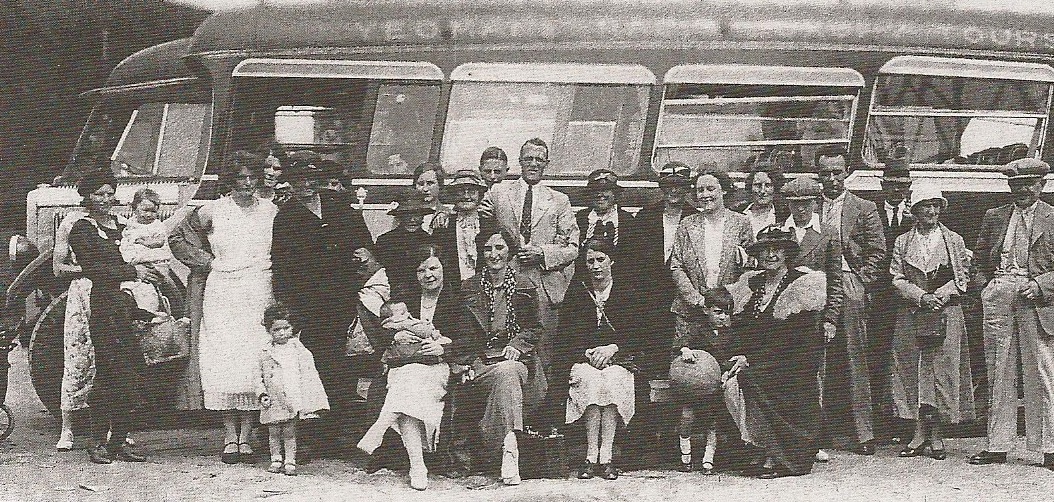There are poignant stories, one of which is Ken Hursey’s, aged 16, who was the sole survivor of a second bomb that, in 1942, ricocheted off the sheds of the Rotherwas Munitions Factory and hitting Moorlands, killing all members of his family.
A chapter is devoted to the big estate, Rotherwas House, mentioned in the Domesday Survey of 1086, but of which very little remains today. The Bodenham family owned the estate around middle of 15th century and did so for another 450 years.
Some fascinating facts and figures are listed in A Hundred Years of Dinedor Occupations 1851 – 1951 – wheelwrights, millers, coopers, carpenters, shoe and nail makers, all of whom lived in Dinedor and carried out their occupations from their homes.
Julie Orton-Davies’ chapter on Rotherwas Munitions Factory tells the stories of the Canary Girls, so called as the TNT and picric acid turned their hands and hair yellow. The women, 6,000 of them at the peak of WW1, came from all over the British Isles.
Much has been explored in this excellent publication and wets the appetite to explore even more on foot or bicycle across the Greenway Bridge, along the cycle path, passing the eerie remains of the munitions buildings and on to discover the gem of Rotherwas Chapel.
Review: Eileen Klotz

 RSS Feed
RSS Feed
